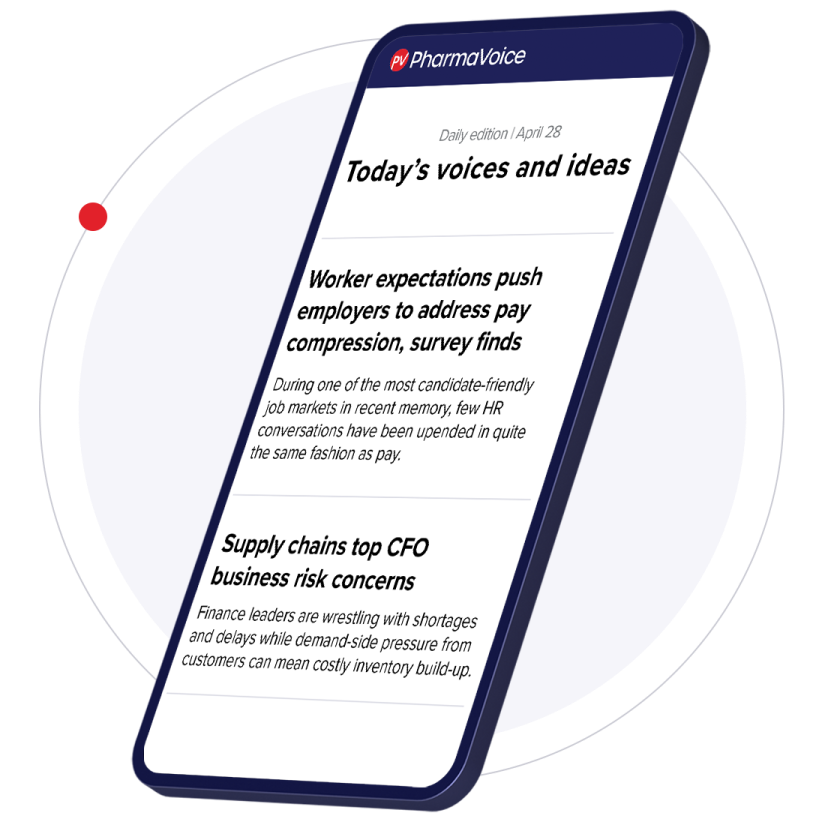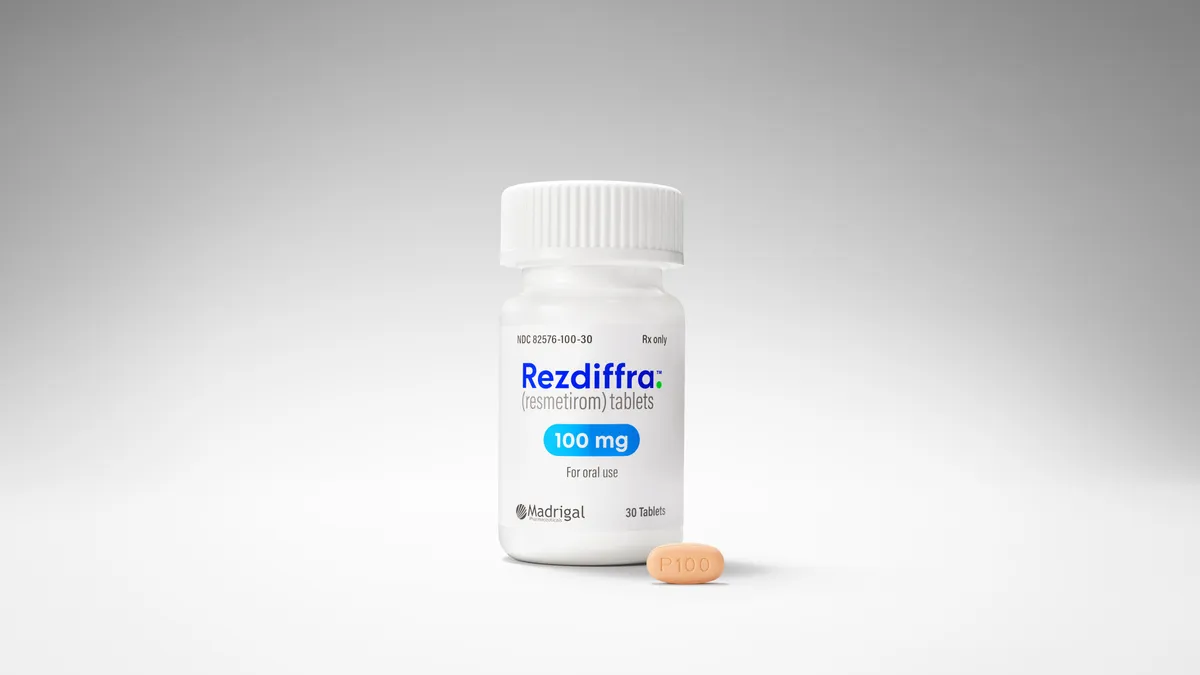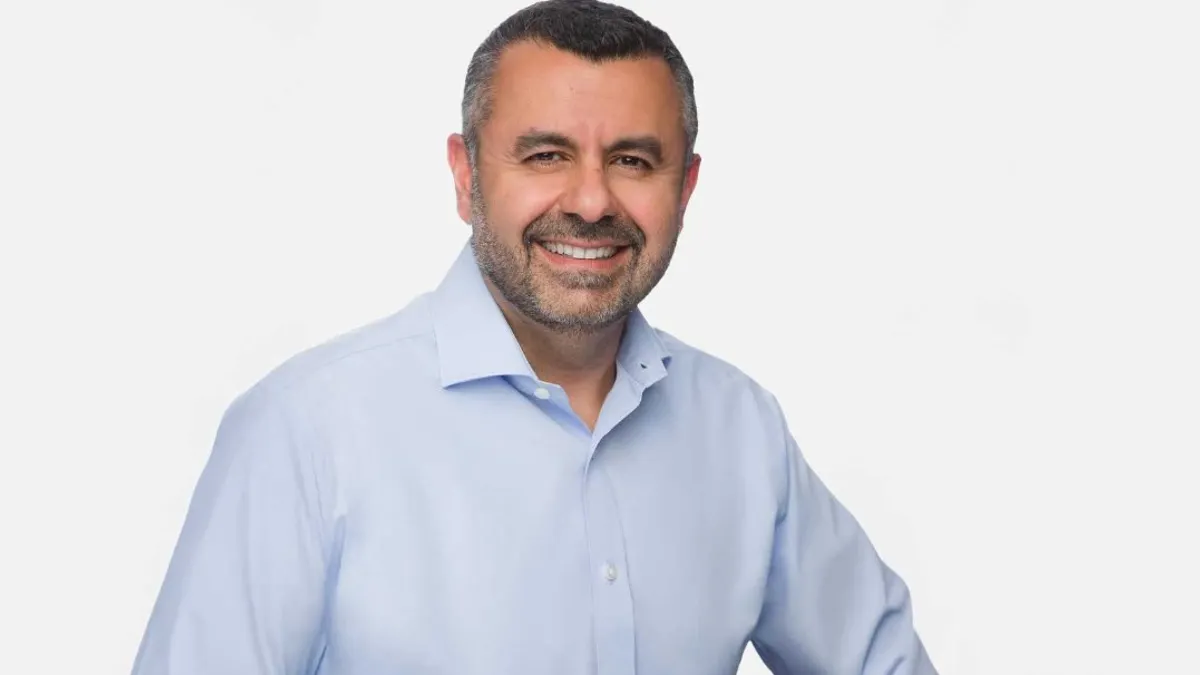Eli Lilly and Novo Nordisk are the uncontested leaders of the obesity market even as upstart entrants nip at their heels with more than 100 new drug candidates under development.
With a potentially long runway for GLP-1s, newcomers are working out how they’ll differentiate themselves for patients. A handful of drugmakers are working on oral options that come with fewer side effects than the approved injectables, while even more seek to find a more potent combo for weight loss.
One biopharma hoping to nab a corner of the obesity market is Vivani Medical, a clinical-stage company developing long-acting GLP-1 medical device implants that could provide six months of treatment, or even possibly a year.
Its implant technology, dubbed NanoPortal, aims to deliver drugs steadily over time, reducing the need for frequent dosing. Originally, Vivani’s lead candidate was an implant of exenatide, a GLP-1 approved to treat Type 2 diabetes. But after recently completing a successful phase 1 trial, the company is switching gears and prioritizing the implant technology with a well-known GLP-1 that’s already approved for both weight loss and diabetes treatment — semaglutide.
Vivani is currently in the preclinical stage with its semaglutide device, but it’s already showing promising results. Preclinical data revealed 20% weight loss in rats over a 91-day period. As the focus moves to semaglutide, it’s become more clear to Vivani that the future of GLP-1s is not exenatide. Its manufacturer, AstraZeneca, discontinued the only two diabetes exenatide products on the market late last year.
But Vivani isn’t dropping its exenatide asset — for now.
“Exenatide is still in our pipeline. It's not our priority right now,” said CEO and co-founder Adam Mendelsohn. “We think we could continue to develop the exenatide implant program … [but] it's fair to say that if and when the semaglutide implant demonstrates proof of concept in humans, [it] may become the sole focus.”
Long-acting advantages
The pipeline re-prioritization comes as the obesity market is on the cusp of expanding with new delivery options. Vivani will have a lot to prove in the clinic before it can tout its device, but the long-term viability may solve one acknowledged problem in the GLP-1 market.
“One of the biggest challenges with GLP-1 administration right now is poor medication adherence,” Mendelsohn said.
Adherence rates for GLP-1s vary, but as little as half of patients stay on the medications after a year, which can limit results. Patients often discontinue because of gastrointestinal side effects, or worsening symptoms while going on and off the drug.
“When someone misses a dose or misses two doses, the drug exposure level they have been experiencing declines pretty significantly,” Mendelsohn explained. “If they resume therapy at the same dose, they will inevitably experience more tolerability issues that could be avoided if they had only maintained that drug exposure.”
And once a patient stops taking a GLP-1, they often experience “rebound hunger” that can cause increased appetite and weight gain, he said.
While both devices and daily pills offer more convenient dosing than frequent injectables, the size of the market for devices is also “meaningful,” Mendelsohn said. If Vivani could capture that subsector, it’d be a win for the small biotech..
Emerging competition
Vivani isn’t alone in the quest to develop an implant for the cardiometabolic space. Unicorn biotech startup Intarcia Therapeutics appeared to be flying toward the regulatory finish line with an exenatide implant for diabetes before the FDA rejected it in 2023 over safety issues. The result dealt a blow to the concept of a GLP-1 implant, but Vivani persisted with its own proprietary tech, studying diabetes before adding obesity as an indication.
That leaves the implant field wide open for the first entrant. Even as a potential latecomer to the market, Mendelsohn sees an opportunity.
“I see this becoming fragmented as all of these new products enter the market, appealing to different segments of the population that have different needs,” Mendelsohn said. “Some are going to want maximum weight loss. Some don't need as much weight loss, but want something that's more tolerable.”
Should it make it to market, the implant’s price will be “very competitive” with the weekly injectables, according to Mendelsohn, who also recognizes that pills would be even cheaper to manufacture.
Looking ahead, Vivani is evaluating other potential obesity molecules that would be a fit for its implant technology, as well as narrowing in on where it will fit into the future of the obesity market and entering preclinical studies with its semaglutide implant.
“We think, at least in some cases, that a [GLP-1] monotherapy may be adequate in the maintenance phase of treatment,” he noted.”But with all that said we're going to see as we ultimately study this, and we're going to develop the technology with newer molecules at the same time.”




















